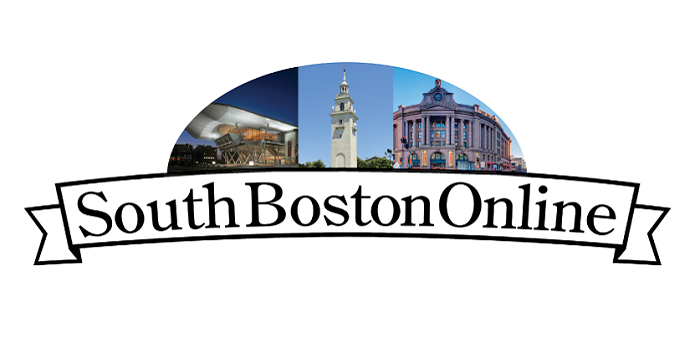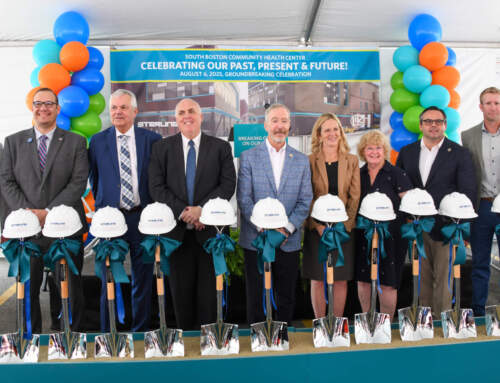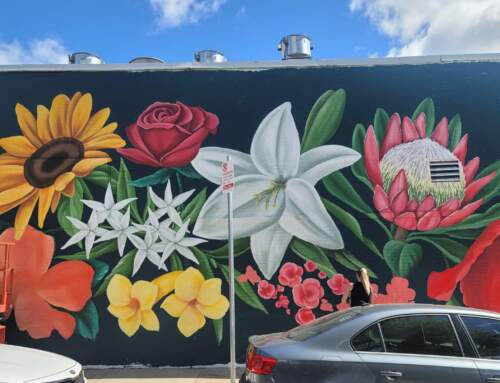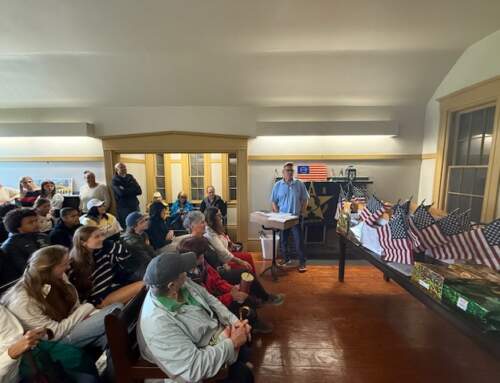On Monday, May 30, Americans will celebrate Memorial Day. Unfortunately, traditional observance of this day has greatly diminished over the years. But it must be remembered, not just as a time to relax and cook a couple of steaks on the barbecue, but as a time to reflect upon those who sacrificed their lives throughout history. It must be remembered as a time to honor those who served their country, so that we could continue to enjoy our freedom and democratic way of life. It must be remembered, as stated by President George W. Bush, on Memorial Day in 2004, as a time when we honor, “All of our fallen soldiers, their commitment to our country, and their legacy of patriotism and sacrifice. By giving their lives in the cause of freedom, these heroes have protected and inspired all Americans.”
Some consider Abraham Lincoln’s Gettysburg Address, as the first observance of Memorial Day, when he dedicated a portion of the battlefield as a cemetery for those who consecrated that soil in the sacrifice of battle. In 1865, Henry Welles, a druggist in Waterloo, N.Y., began promoting the idea of decorating the graves of Civil War veterans. On May 5, 1868, the Commander-in-Chief of the Grand Army of the Republic General John A. Logan issued General Order #11, his Memorial Day Order, designating May 30, 1868 as a day for “strewing flowers or otherwise decorating the graves of comrades who died in defense of their country during the late rebellion, and whose bodies now lie in almost every city, village, and hamlet churchyard in the land. In this observance no form or ceremony is prescribed, but posts and comrades will in their own way arrange such fitting services and testimonials of respect as circumstances may permit.”
This first official Memorial Day observance, which was originally called Decoration Day until 1882, took place at Arlington National Cemetery. This cemetery housed the graves of 20,000 Union dead and several hundred Confederate dead. The South however refused to acknowledge this day until after World War I. At that time, this holiday was changed to encompass all those, in all of our wars, who sacrificed their lives for this great nation.
In 1950, Congress passed a joint resolution, requesting the president issue a proclamation, calling upon the people of this great nation to observe each Memorial Day “as a day of prayer for permanent peace and designating a period on that day when the people…might unite in prayer.” Congress also designated the minute beginning at 3 p.m. local time on that day, as a time for Americans to observe the “National Moment of Remembrance.” In 1966, President Lyndon Johnson declared Waterloo, N.Y., as the birthplace of Memorial Day. In 1971, Memorial Day was declared a national holiday by Congress, and the last Monday in May was designated as the day for it to be observed.
On Memorial Day, a small American flag is placed on each grave in Arlington National Cemetery. The president or vice president, after giving his speech honoring the contributions of the dead, lays a wreath on the Tomb of the Unknown Soldier. Taps are subsequently played.
Later, as the clock strike 3 p.m.in every corner of America, we are encouraged to pay respect to all of our fallen heroes, by remaining silent for 60 seconds. This “Moment of Remembrance” is the least we can do for the men and women throughout history who sacrificed their lives so that we could continue to enjoy ours.
(This article first appeared in South Boston Online in 2011)






